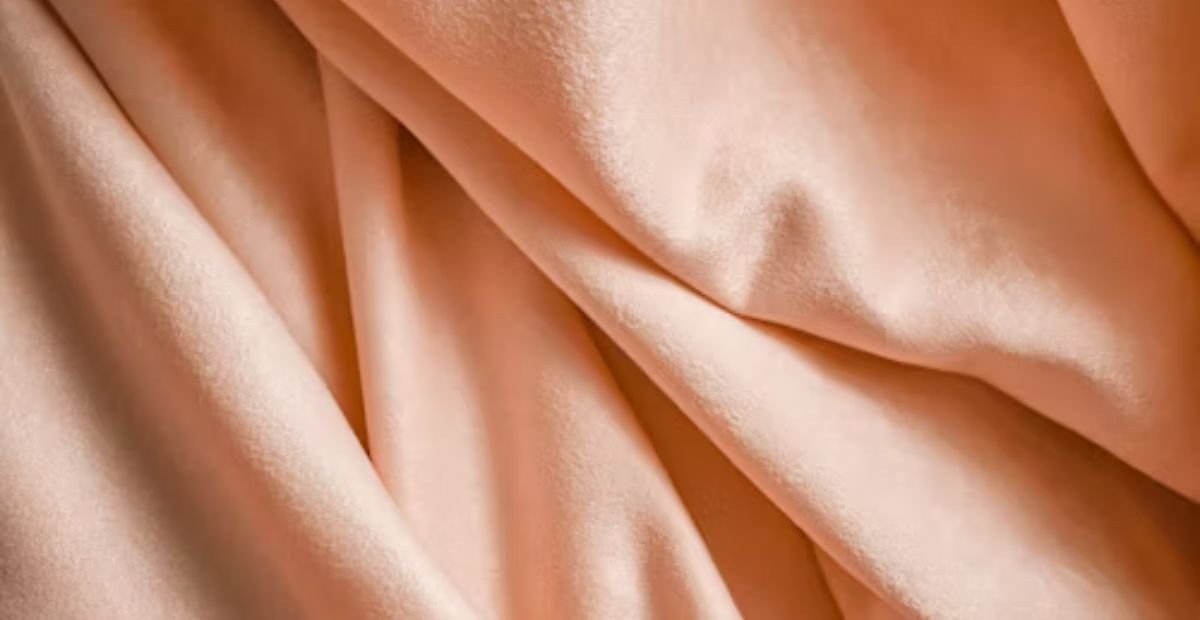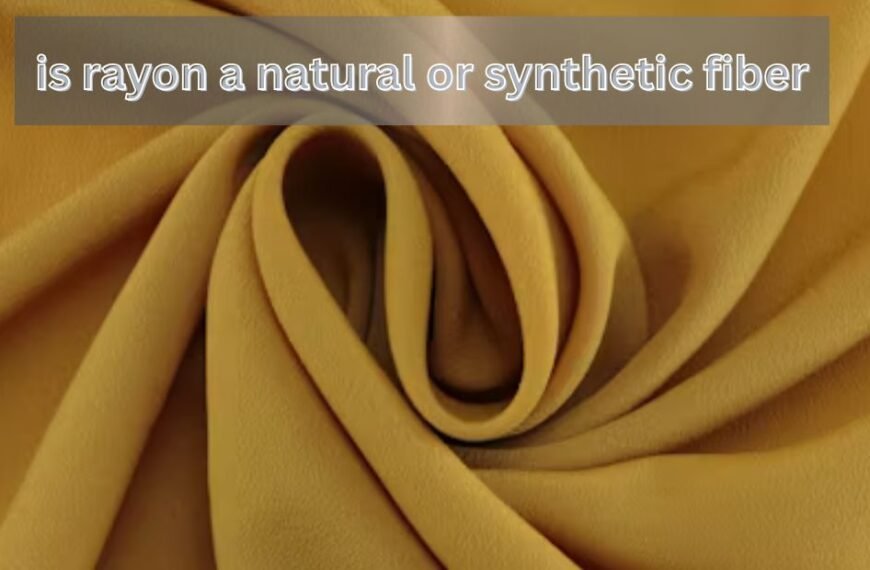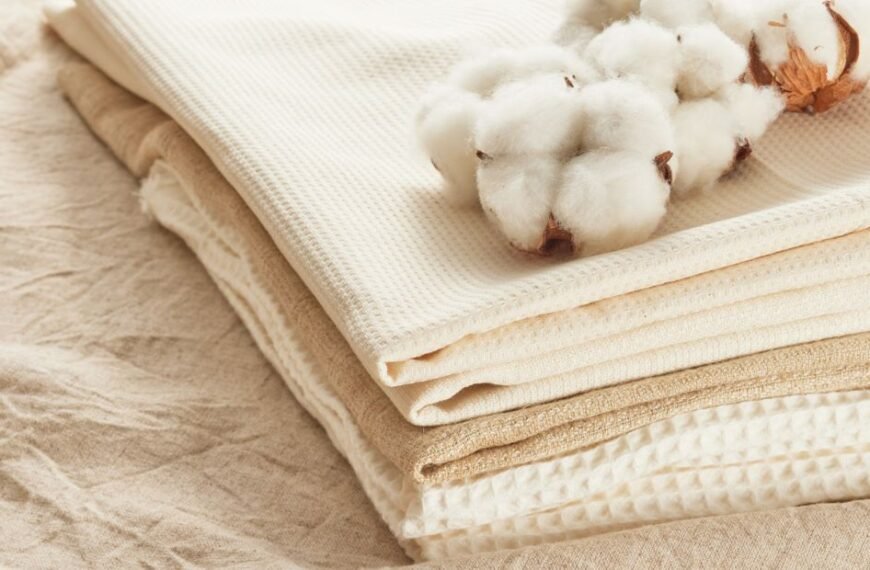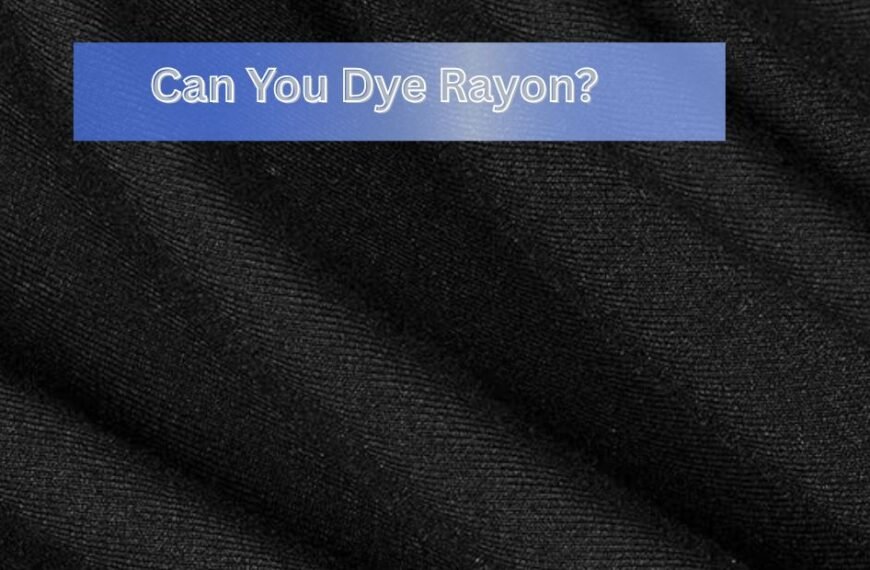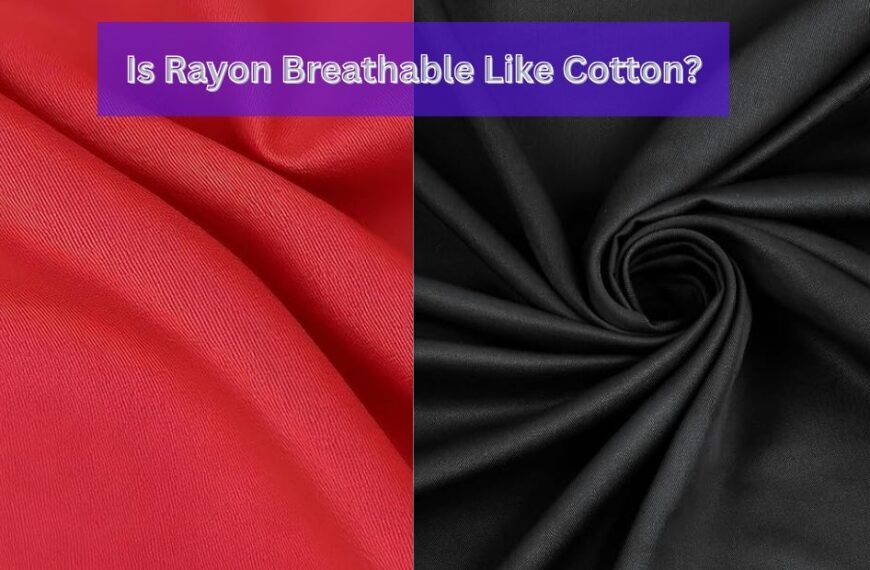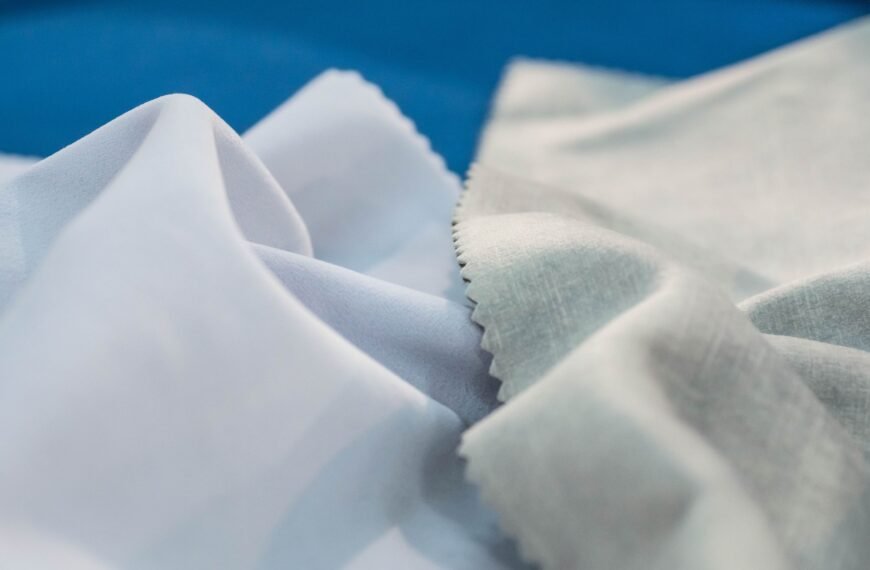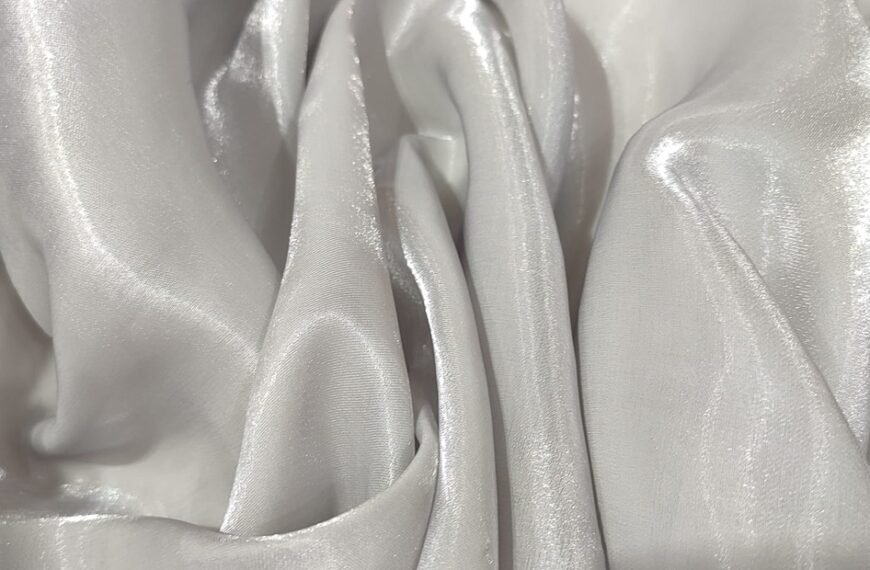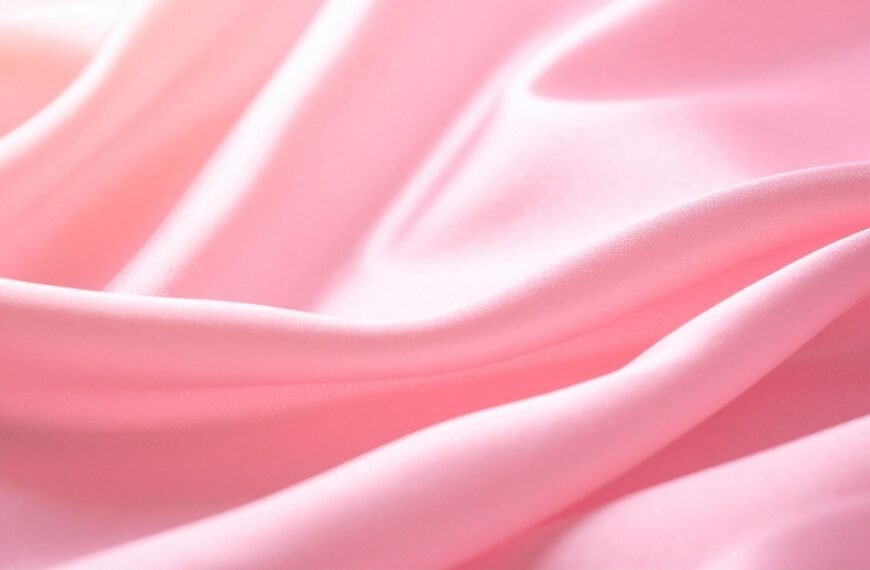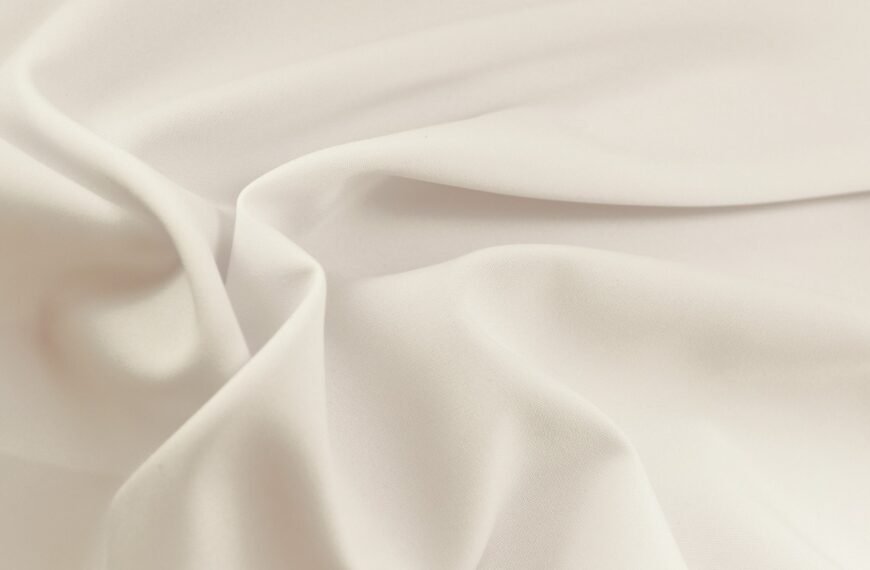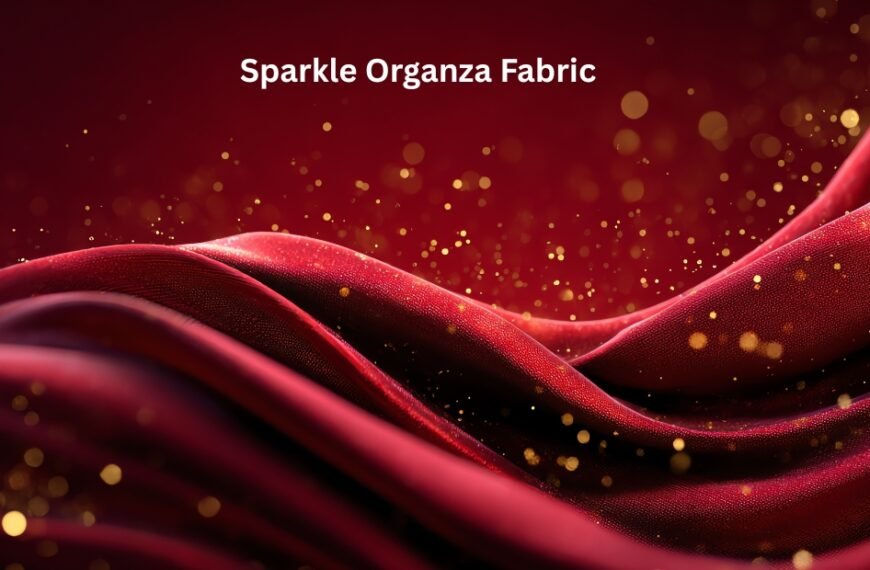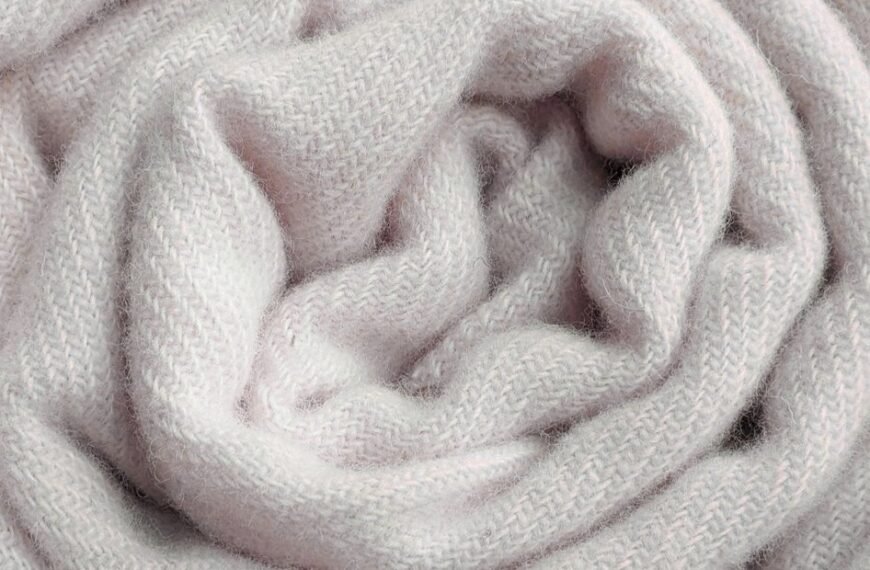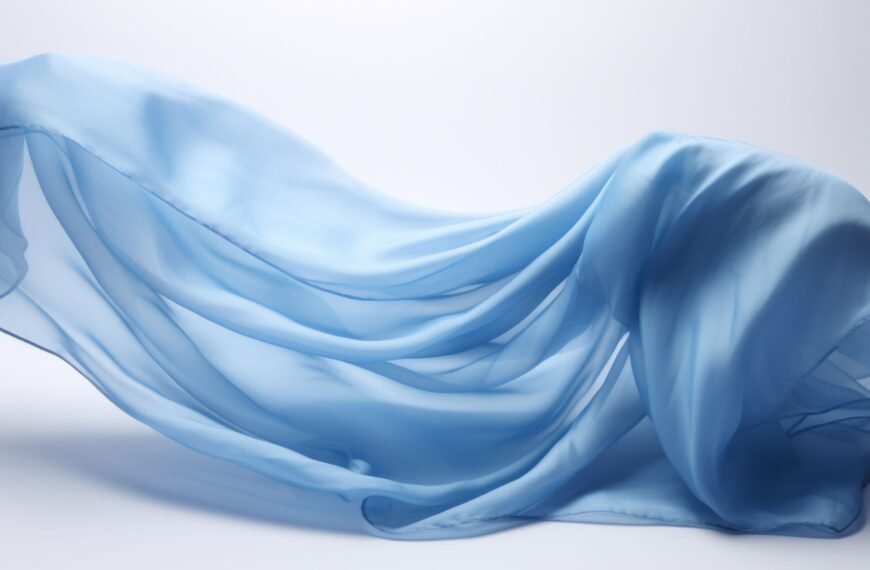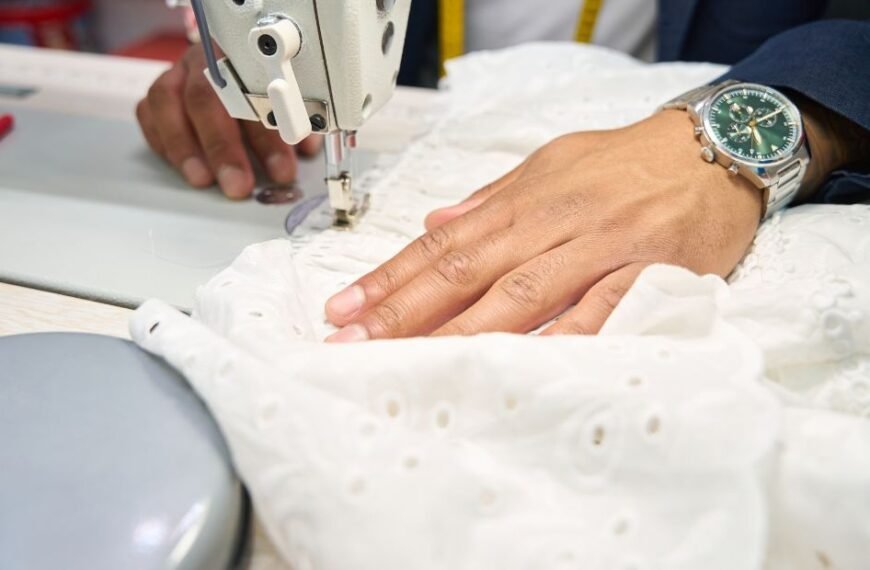Introduction
One of the most common fabrics in the textile industry in the world today is the Rayon. The question many would ask themselves is, is rayon a natural fabric since it is smooth and breathable, like cotton or silk. Nevertheless, its source and the process of making it confuse customers and designers.is rayon a natural fabric?
The increasing popularity of rayon is attributed to the fact that it is cheap, versatile, and resembles luxury fabrics. It is popular among many people as clothing and home textile and even industrial purposes.is rayon a natural fabric Although it has its merits, the question of whether rayon should be considered as natural, semi-synthetic or synthetic remains a topic of debate.
As we shall see in this article, we are going to find out the truth behind rayon, compare it to other fabrics and point out the advantages and disadvantages.is rayon a natural fabric And at the end, you will have a definite answer to the question, is rayon a natural fabric, and also be aware of the surprising facts surrounding it.
Is Rayon a Natural Fabric? (Direct Answer)
The simple answer is no, rayon is not a fully natural fabric. It begins with natural plant cellulose, but it undergoes chemical processing to become fabric.
Natural vs. Semi-Synthetic vs. Synthetic
- Natural Fabrics: Cotton, silk, wool, and linen come directly from plants or animals.
- Synthetic Fabrics: Polyester, nylon, and acrylic are 100% man-made from petroleum.
- Semi-Synthetic Fabrics: Rayon, acetate, and lyocell start from natural fibers but are chemically treated.
Rayon belongs to the third group, meaning it is semi-natural or semi-synthetic. This classification explains why people often get confused when asking is rayon a natural fabric.
What is Rayon?
Rayon is a semi-synthetic fiber that is produced using natural cellulose which is typically derived out of wood pulp or cotton linters.is rayon a natural fabric Though a product of plants, it takes excessive chemical treatment to be transformed into cloth. This process of treatment is what makes it not entirely natural like cotton or linen.
Rayon was invented in France in the late 19 th century. It was initially developed as a cheap alternative to silk and it soon came to be known as artificial silk. Throughout the decades, it turned into one of the most significant fabrics in the fashion industry of the whole world.
Rayon is available in various types such as:
- Viscose Rayon: This is the most widely used one, usually in dresses, blouses, and upholstery.
- Modal Rayon:-Yeasouffer and more robust and usually utilized in sportswear and underwear.
- Lyocell (Tencel): A greener form of rayon, produced using less toxic chemicals.
All rayons are not the same, though they are all based on the cellulose of plant origin.
How is Rayon Made?
Step-by-Step Production Process
- Cellulose Extraction: Cellulose is obtained from wood pulp or cotton linters.
- Chemical Treatment: The pulp is treated with sodium hydroxide and carbon disulfide.
- Viscose Solution: The chemicals convert cellulose into a thick liquid called viscose.
- Spinning Process: The viscose solution passes through spinnerets to form filaments.
- Solidification: The filaments are hardened in an acid bath.
- Finishing: The fibers are washed, dried, and woven into fabric.
Is Rayon a Natural Fabric?
The immediate response is negative, rayon is not a completely natural fabric.is rayon a natural fabric Although it is produced using natural cellulose fibres, it undergoes a chemical process which leaves it without being entirely natural. This is the reason why it is frequently termed as semi-synthetic or regenerated cellulose fiber.
There are usually three types of fabrics:
- Natural fabrics: Cotton, wool, silk, linen: are directly a product of plants or animals.
- Synthetic fabric: Polyester, nylon, acrylic- totally man made using petroleum-based chemicals.
- Semi-synthetic fabrics Rayon, acetate, lyocell: plant-based, however chemically refined.
Rayon is positioned in the center since it is a natural material but it goes through rigorous chemical treatment.is rayon a natural fabric? When we consider whether rayon is a natural fabric, therefore, the true answer is: it is semi-natural and not completely natural.
How is Rayon Made?
The production of rayon begins with the process of extracting cellulose using wood pulp, bamboo or cotton linters. Strong chemicals like sodium hydroxide and carbon disulfide are then added to the pulp. These chemicals dissolve the cellulose and convert it to a thick solution known as the viscose solution.
The viscose solution is then pressed through minute apertures in a spinneret and forms long filaments. These are solidified in an acid bath and then washed and then spun into yarn. The yarn is either knotted or woven into fabrics.
A balance is demonstrated between nature and man-made factors in the process. The raw material is natural although the transformation depends greatly on the industrial chemical treatment. That is the reason why rayon cannot be referred to as natural.
Tips for Handling and Using Rayon
Rayon is a versatile fabric, but it requires special care to maintain its beauty and quality. Below are practical tips to help you get the most out of rayon in clothing, home décor, and other uses.
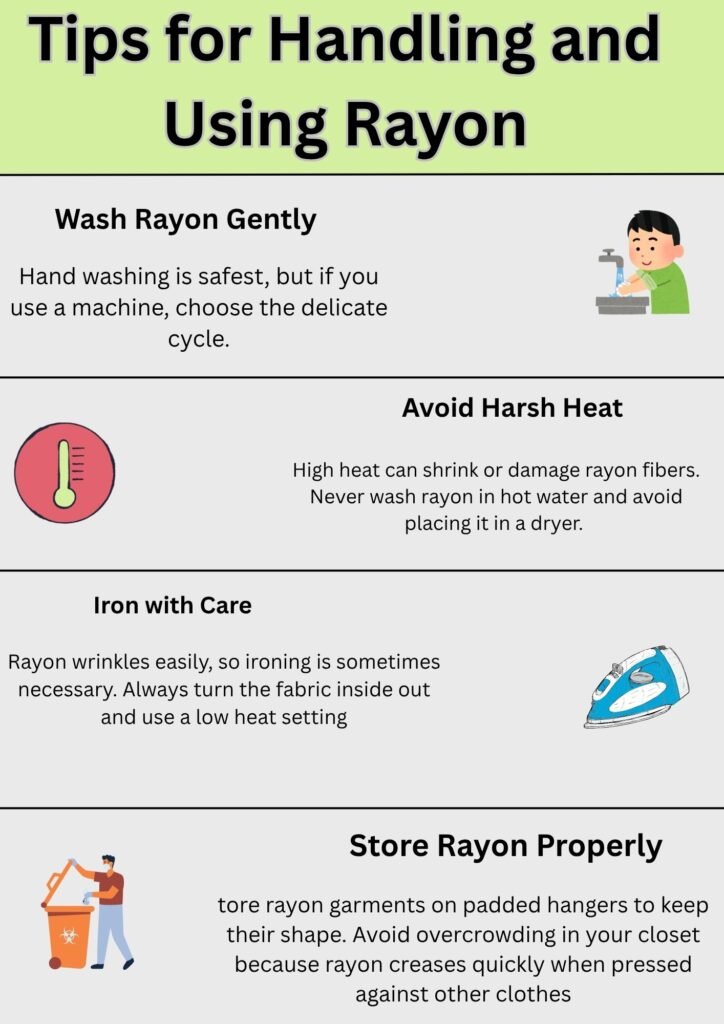
Wash Rayon Gently
Rayon becomes weaker when wet, so always wash it gently. Use cold water and mild detergent. Hand washing is safest, but if you use a machine, choose the delicate cycle.
Avoid Harsh Heat
High heat can shrink or damage rayon fibers. Never wash rayon in hot water and avoid placing it in a dryer. Instead, air-dry your garments flat or hang them in a shaded area.
Iron with Care
Rayon wrinkles easily, so ironing is sometimes necessary. Always turn the fabric inside out and use a low heat setting. Placing a thin cloth between the iron and the fabric can prevent shine or scorching.
Store Rayon Properly
Store rayon garments on padded hangers to keep their shape. Avoid overcrowding in your closet because rayon creases quickly when pressed against other clothes.
Comparison of Rayon and Other fabrics.
Rayon vs. Cotton
Both cotton and rayon are of vegetable origin, although cotton comes directly out of the fiber of the cotton plant.is rayon a natural fabric? On the other hand, cellulose must be chemically converted to make rayon. Rayon is smoother and softer, but cotton is more resistant, and easier to care about.
Rayon vs. Polyester
Polyester is a complete synthetic material which is produced using oil products. Rayon comes in semi-synthetic and it is made out of plant cellulose. Rayon is more natural and much more breathable, whereas polyester is stronger and wrinkle-free and cheaper to manufacture.
Rayon vs. Silk
Rayon has its very beginning as a replica of silk. It is smooth and drapes beautifully like silk but it is much cheaper. Nevertheless, silk is still superior in terms of luxury, durability and natural origin. Rayon is therefore called occasionally artificial silk.
Is Rayon Eco-Friendly?
Rayon is ecologically friendly as well as environmentally disadvantaged.
Pros:
- It is made of renewable vegetal materials as wood and bamboo.
- Under the right conditions it can be biodegradable.
- The Lyocell which is a variant of rayon has safer solvents and is more environmentally friendly.
Cons:
- Viscose process necessitates toxic chemicals which could be dangerous to the workers and the ecosystem.
- Mass production of large-scale production is known to cause deforestation in case wood pulp is not sourced sustainably.
- Rivers and soil are polluted with untreated wastewater released by many factories.
To sum up, although rayon begins with a natural form, its manufacture creates significant kinds of environmental issues. It is more sustainable to use more environmentally friendly versions such as Lyocell.
Advantages of Rayon
- Non-slippery and Soft: Rayon permits air flow, thus the material is comfortable to wear in summer.
- Affordable Alternative: It is similar to silk and cotton but extremely cheaper.
- Good Drape: Rayon is loose and has a good appearance to clothing.
- Multipurpose: It can be mixed with cotton, polyester or wool to be used in a mixture.
These characteristics render rayon very fashionable, household fabric, etc.
Disadvantages of Rayon
- Weak When Wet: Rayon is weak, and can be torn easily when it is wet.
- Shrinking and Wrinkling: It shrinks rapidly, and wrinkles without additional care.
- Environmental Impact:This production process contaminates and damages ecosystems.
- Not So Tough: Rayon is not as long-lasting as cotton, or polyester.
These disadvantages are the reason why a significant number of environmentally friendly customers choose recycled or natural fabrics.
Common Uses of Rayon
Rayon is one of the most versatile fabrics, used in clothing, home décor, and even industrial applications. Its silky feel, breathable nature, and affordability make it highly desirable. Below are the most common uses of rayon explained under clear subheadings.
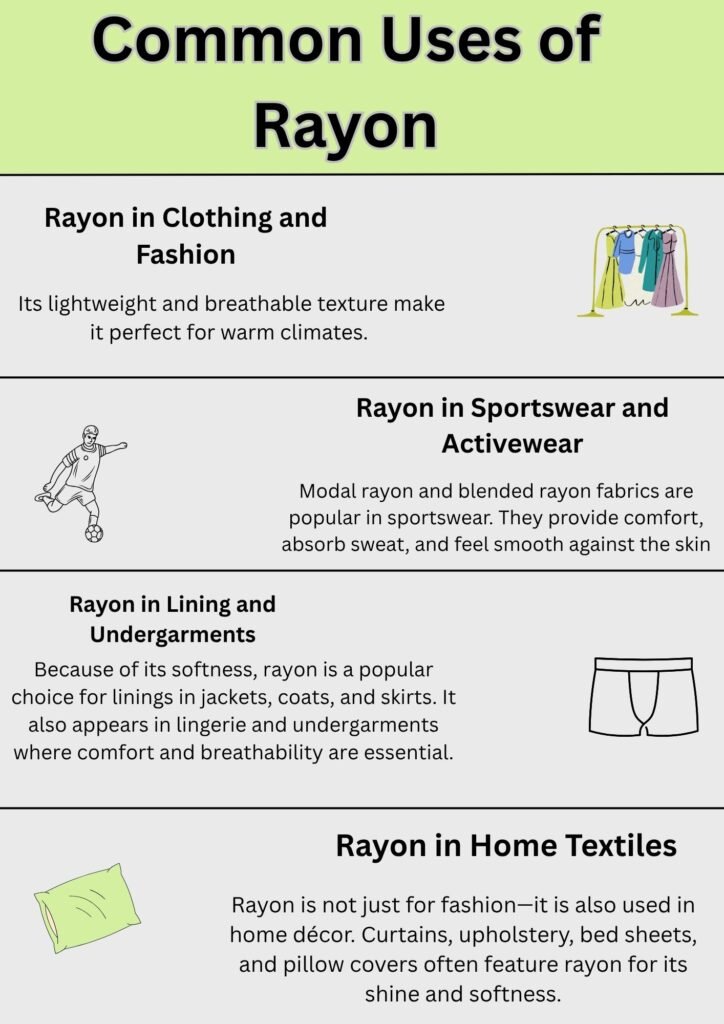
Rayon in Clothing and Fashion
Rayon is widely used in dresses, skirts, blouses, shirts, and summer wear. Its lightweight and breathable texture make it perfect for warm climates. Designers often use rayon as a substitute for silk because it drapes beautifully and looks elegant.
Rayon in Sportswear and Activewear
Modal rayon and blended rayon fabrics are popular in sportswear. They provide comfort, absorb sweat, and feel smooth against the skin. This makes rayon-based clothing suitable for yoga, gym wear, and active lifestyles.
Rayon in Lining and Undergarments
Because of its softness, rayon is a popular choice for linings in jackets, coats, and skirts. It also appears in lingerie and undergarments where comfort and breathability are essential.
Rayon in Home Textiles
Rayon is not just for fashion—it is also used in home décor. Curtains, upholstery, bed sheets, and pillow covers often feature rayon for its shine and softness. Its ability to blend with cotton and polyester makes it a practical choice for household fabrics.
Conclusion
So, is rayon a natural fabric? The ultimate solution is: Rayon is unnatural in its entirety.is rayon a natural fabric? It is a semi-synthetic, which is composed of natural cellulose but modified by the use of chemicals. It is easy, breathable, and graceful though it also comes with the environmental burdens.
To the environmentally-conscious consumers, rayon is preferable when selected in more environmentally-friendly versions such as Lyocell or certified viscose. Knowing its advantages and disadvantages assist you in making more intelligent decisions about your cloths that will help you and the environment.
FAQs
Is rayon 100% natural?
No, rayon is semi-synthetic. It is made using natural cellulose that is chemically processed.
Is rayon soft, as cotton or silk?
The feel of rayon is soft and smooth just like silk, yet more breathable as cotton.
Would rayon be superior to polyester?
Compared to polyester, rayon is less strong, more breathable and difficult to take care of.
Is rayon environmentally unfriendly?
The conventional rayon production is detrimental to the environment because of the toxic chemicals and the dangers of deforestation.
Is rayon good for hot weather?
Yes, rayon is lightweight, breathable and comfortable to wear in summer.
